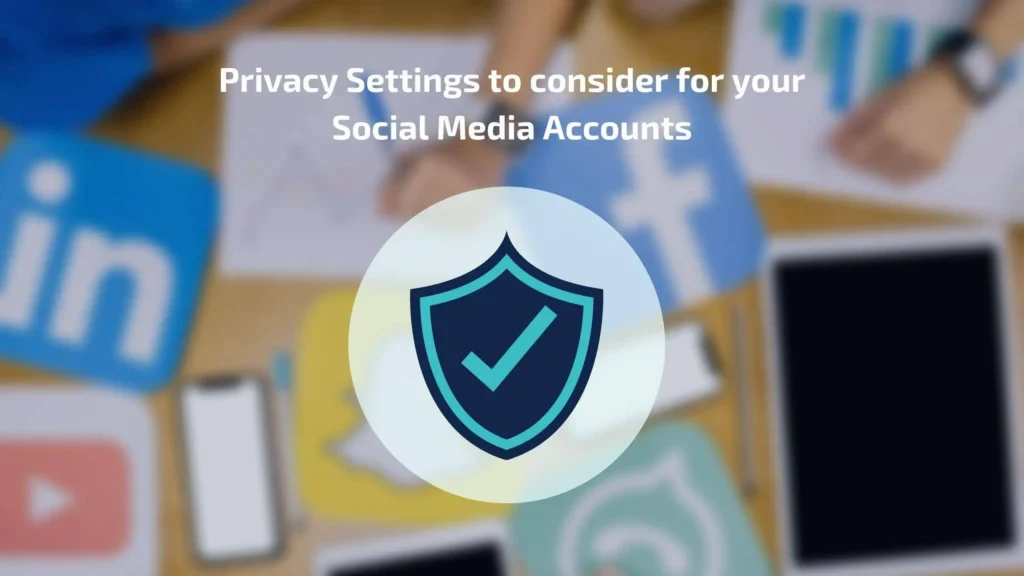Welcome to the digital era, where social media is our virtual playground. As we share, connect, and explore, it’s crucial to understand the ins and outs of social media privacy settings. Let’s embark on a journey to navigate the digital landscape with confidence, ensuring your online world remains private and secure.
1. Why Social Media Privacy Matters:
In a world where oversharing is the norm, safeguarding your personal information is vital. According to recent statistics, over 80% of social media users have concerns about their privacy online. Your data is like a digital fingerprint; let’s make sure it’s protected. For instance, consider how much you’re comfortable sharing publicly and reassess your privacy settings accordingly.
2. Review and Update Your Settings:
Take a stroll through your social media privacy settings. Platforms like Facebook, Instagram, and Twitter have specific settings that allow you to control who sees your posts, who can send you friend requests, and more. For example, on Facebook, you can customize your audience for each post, sharing vacation photos with friends and family while keeping work colleagues at bay. Update these settings regularly to reflect your current preferences.
3. Strong Passwords are Key:
Ensure your social media accounts are locked with strong, unique passwords. A study found that 65% of people use the same password across multiple platforms, putting them at a higher risk of security breaches. Avoid using easily guessable passwords like “password123” and consider a mix of letters, numbers, and symbols. An example could be creating a password inspired by a favorite quote or combining initials with memorable numbers.
4. Two-Factor Authentication (2FA):
Add an extra layer of protection with 2FA. This feature, offered by most social media platforms, requires a second form of verification, such as a code sent to your phone. This significantly reduces the chances of unauthorized access to your account. Enable 2FA and experience the peace of mind it brings.
5. Be Mindful of Third-Party Apps:
Think twice before granting access to third-party applications. Some apps may request permission to access your social media accounts. Check and revoke access for apps you no longer use or trust. This simple step protects your data from potential misuse. For example, if a quiz app requests access to your entire profile, consider whether it’s worth the trade-off.
6. Regular Privacy Check-ups:
Don’t set and forget; regularly revisit your privacy settings. Social media platforms often update their features, and your preferences may reset. A quarterly check ensures your settings align with your evolving comfort levels. Make it a habit to review your settings alongside the changing seasons.
7. Limit Location Sharing:
While it’s fun to check in at your favorite spots, consider limiting location sharing. A study found that 78% of burglars use social media to target potential victims. Broadcasting your location in real-time might not be the best idea. Share your check-ins after you’ve left to ensure your safety.
8. Educate Yourself and Others:
Stay informed about the latest privacy features and settings. Share your newfound knowledge with friends and family, helping to create a safer digital community. Cybersecurity is a collective responsibility. For example, host a small online privacy workshop for your circle, sharing tips and tricks you’ve learned.
In conclusion, mastering your social media privacy settings is not only about protecting yourself but also about contributing to a safer online environment. Remember, a few simple adjustments can go a long way in ensuring your digital presence remains secure and enjoyable. Navigate the digital landscape with confidence; your privacy is worth it.

